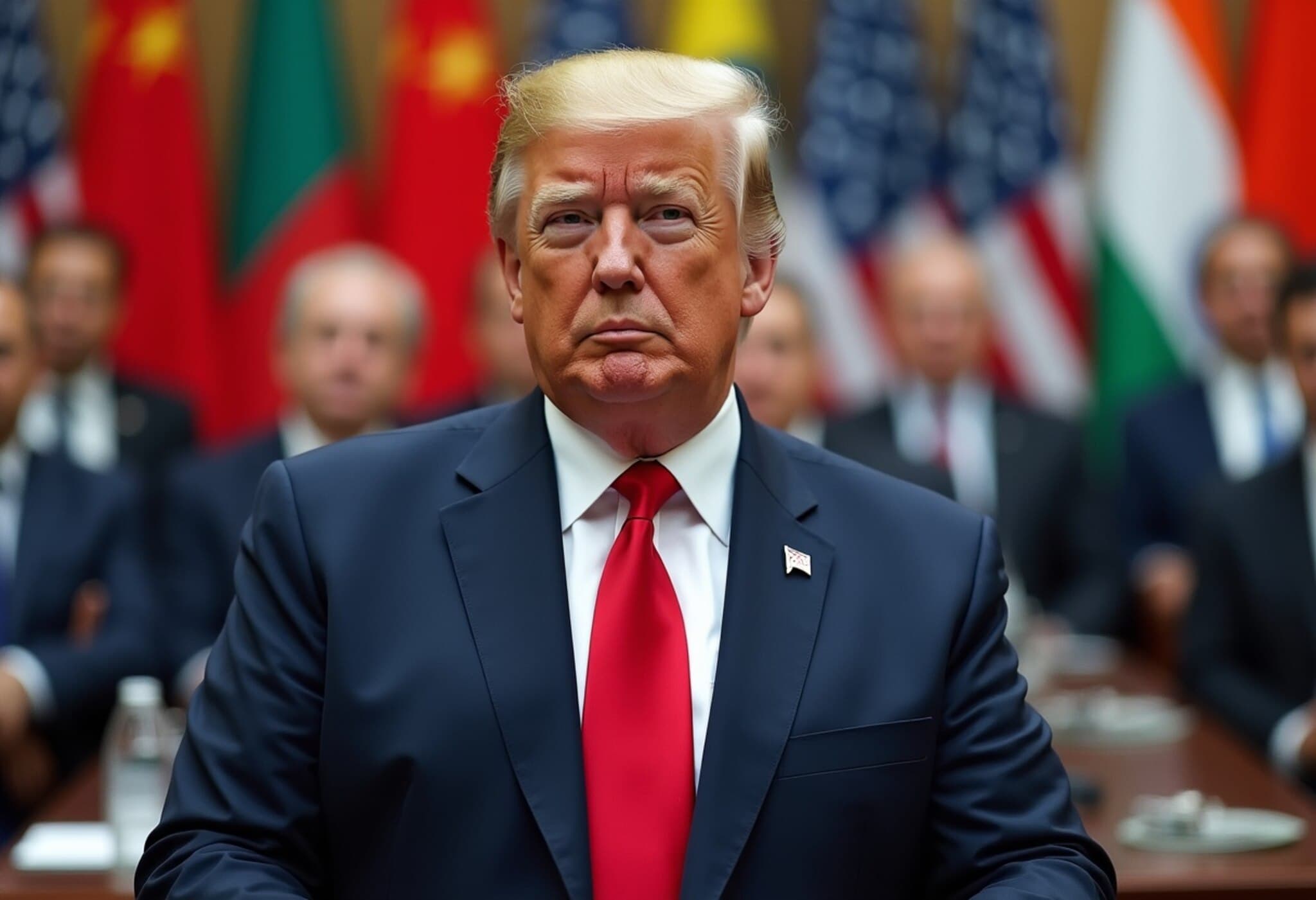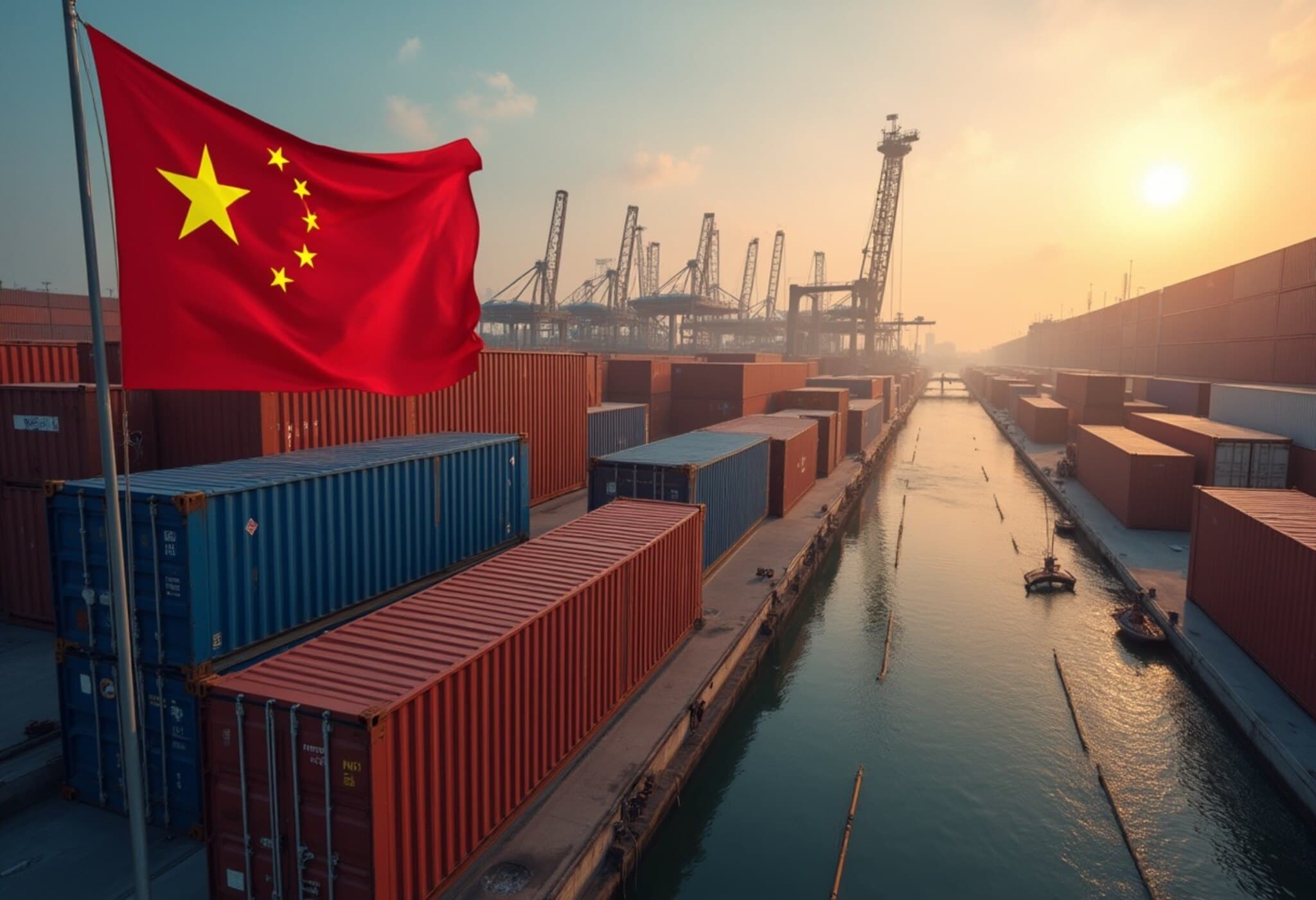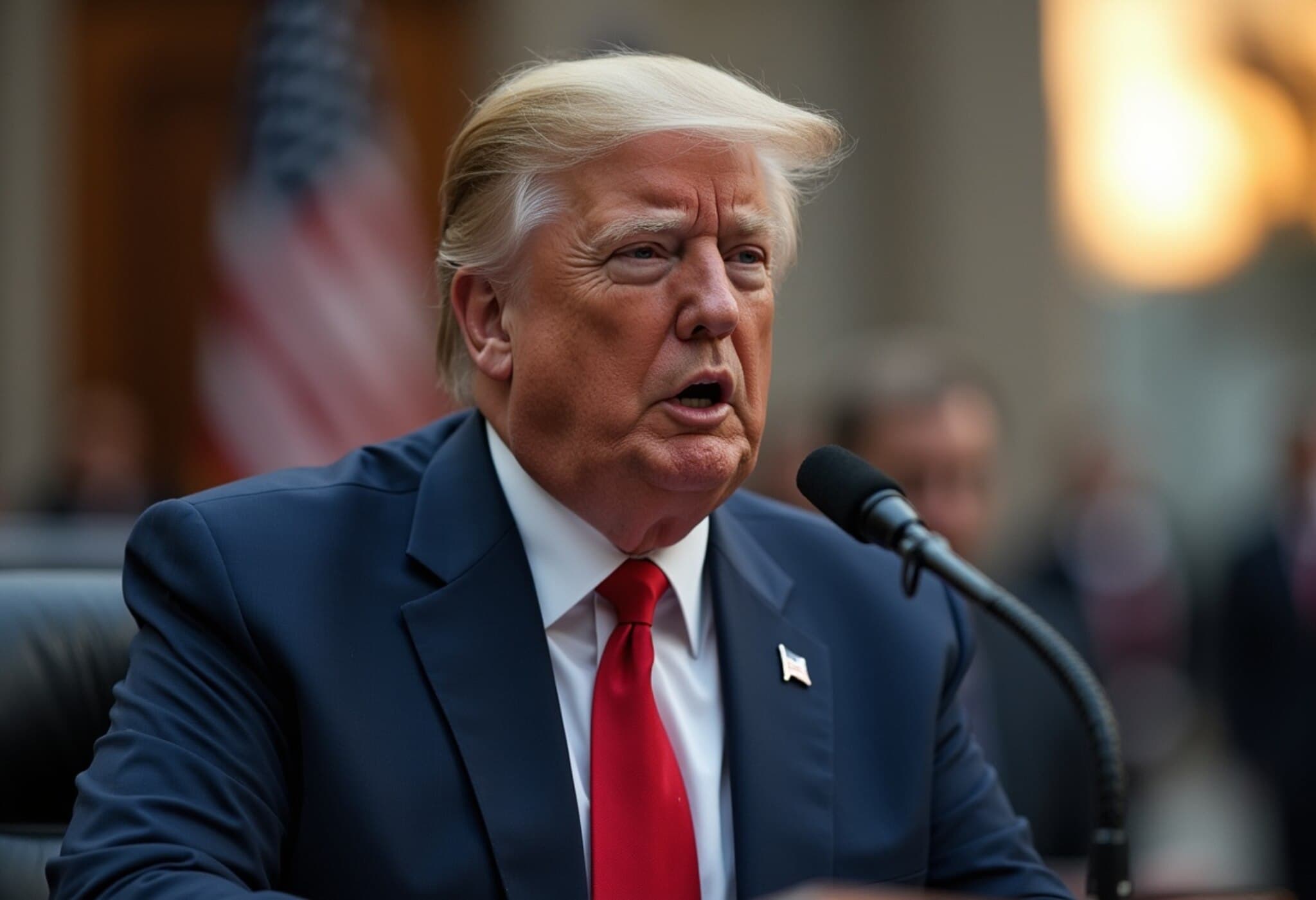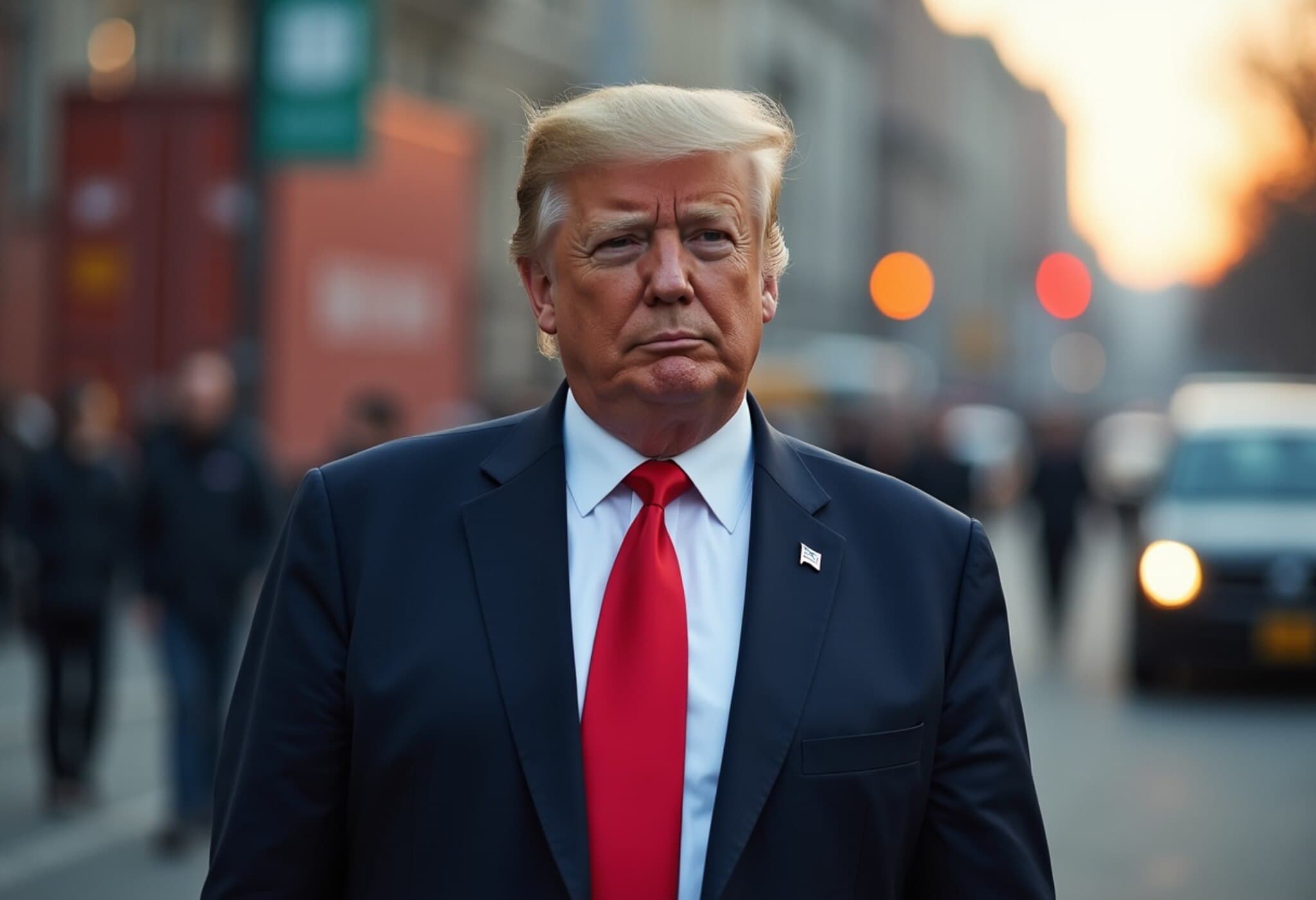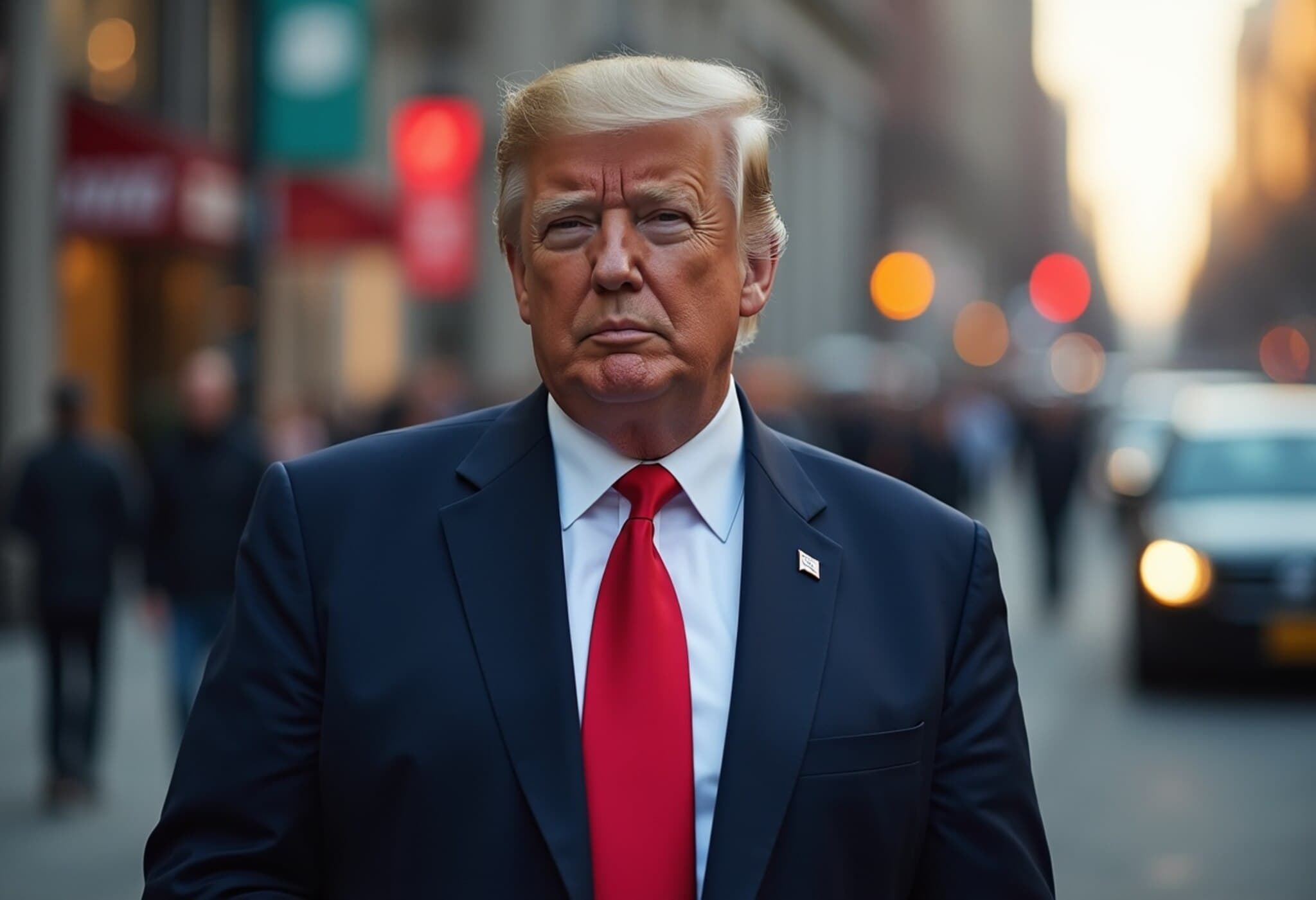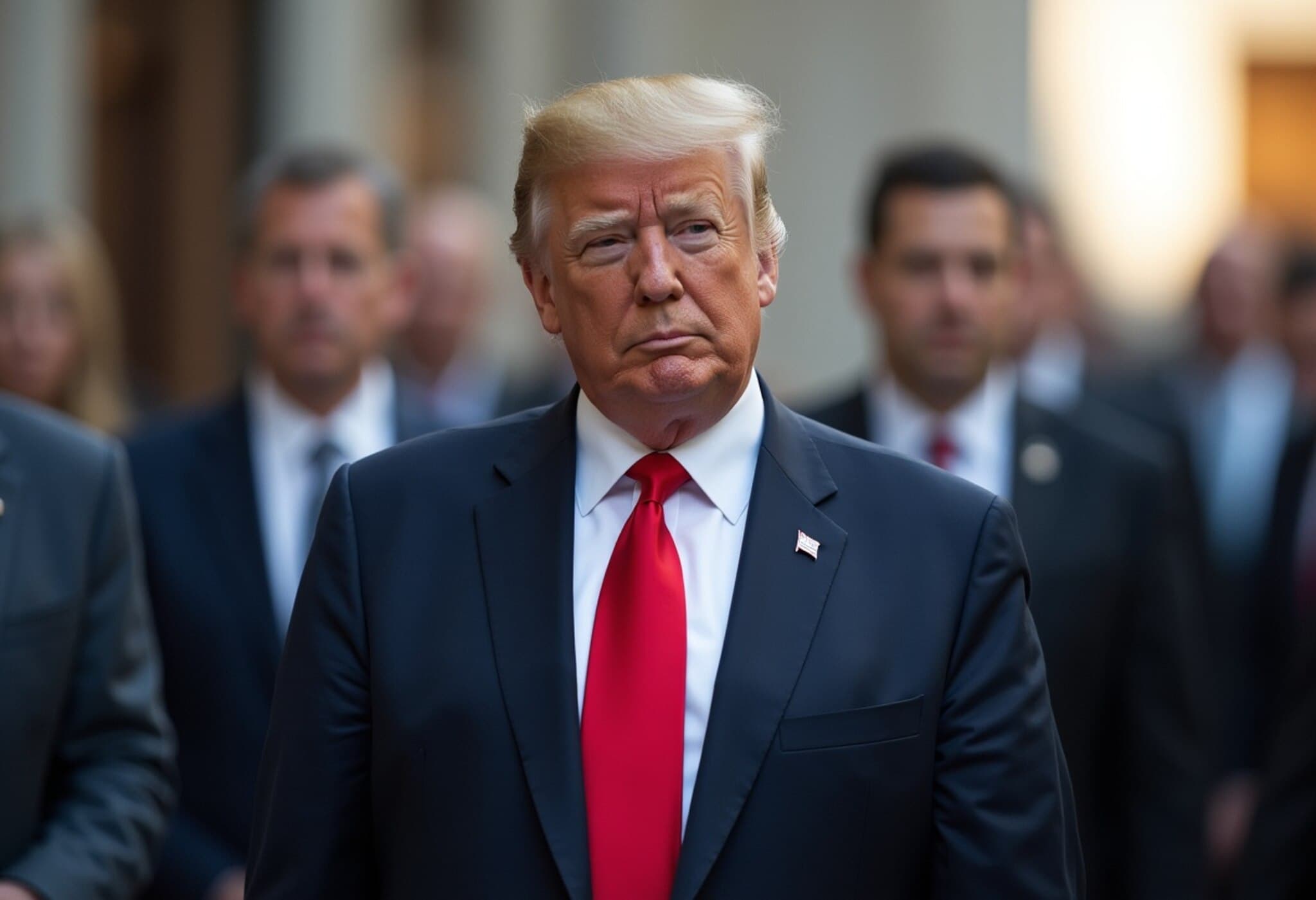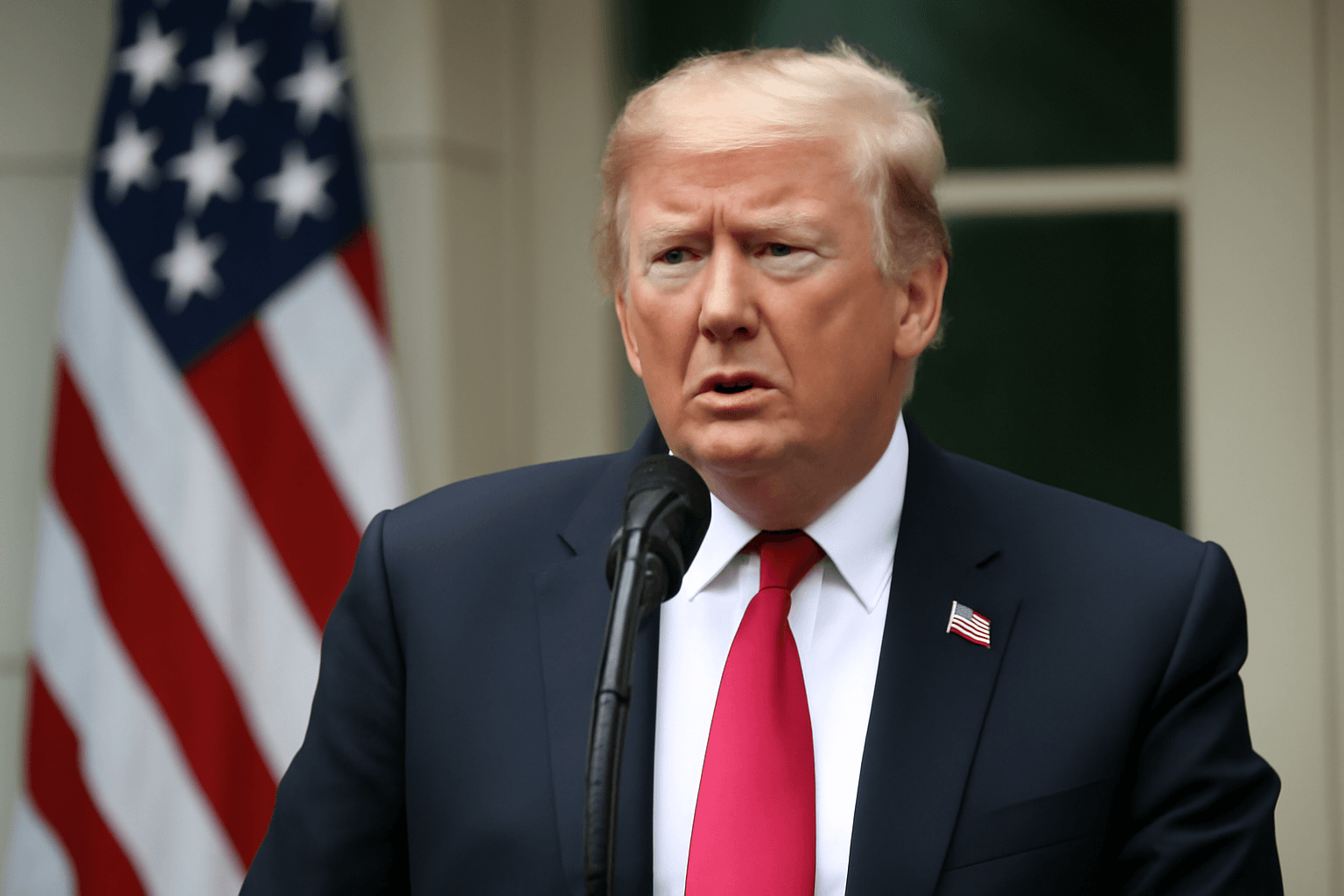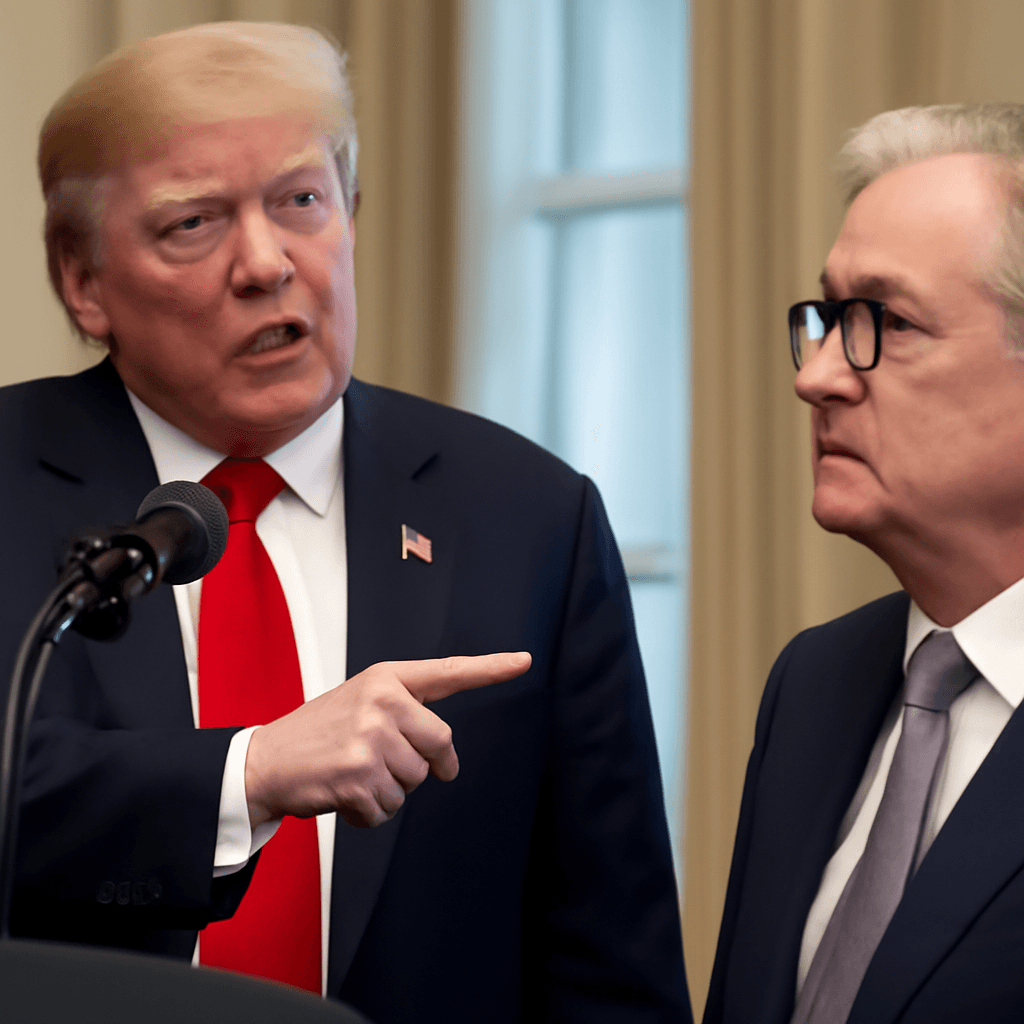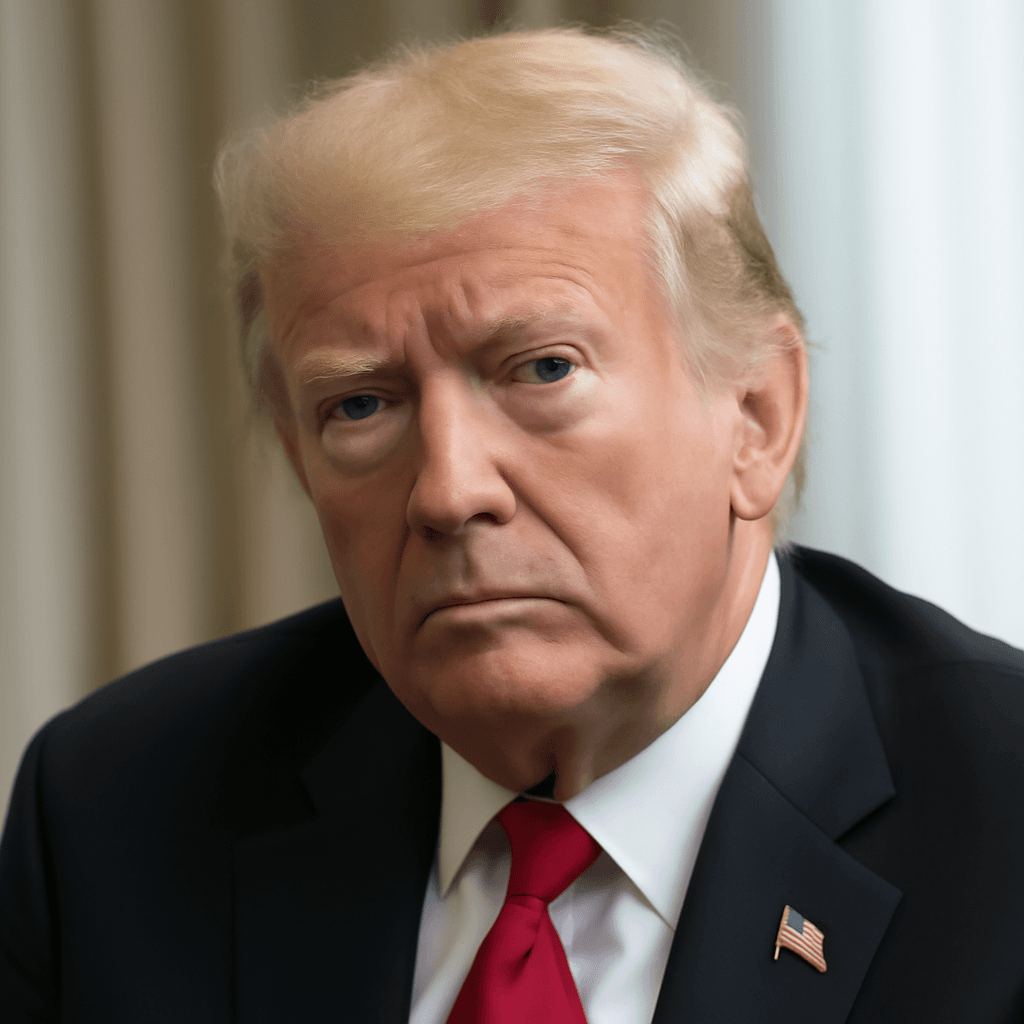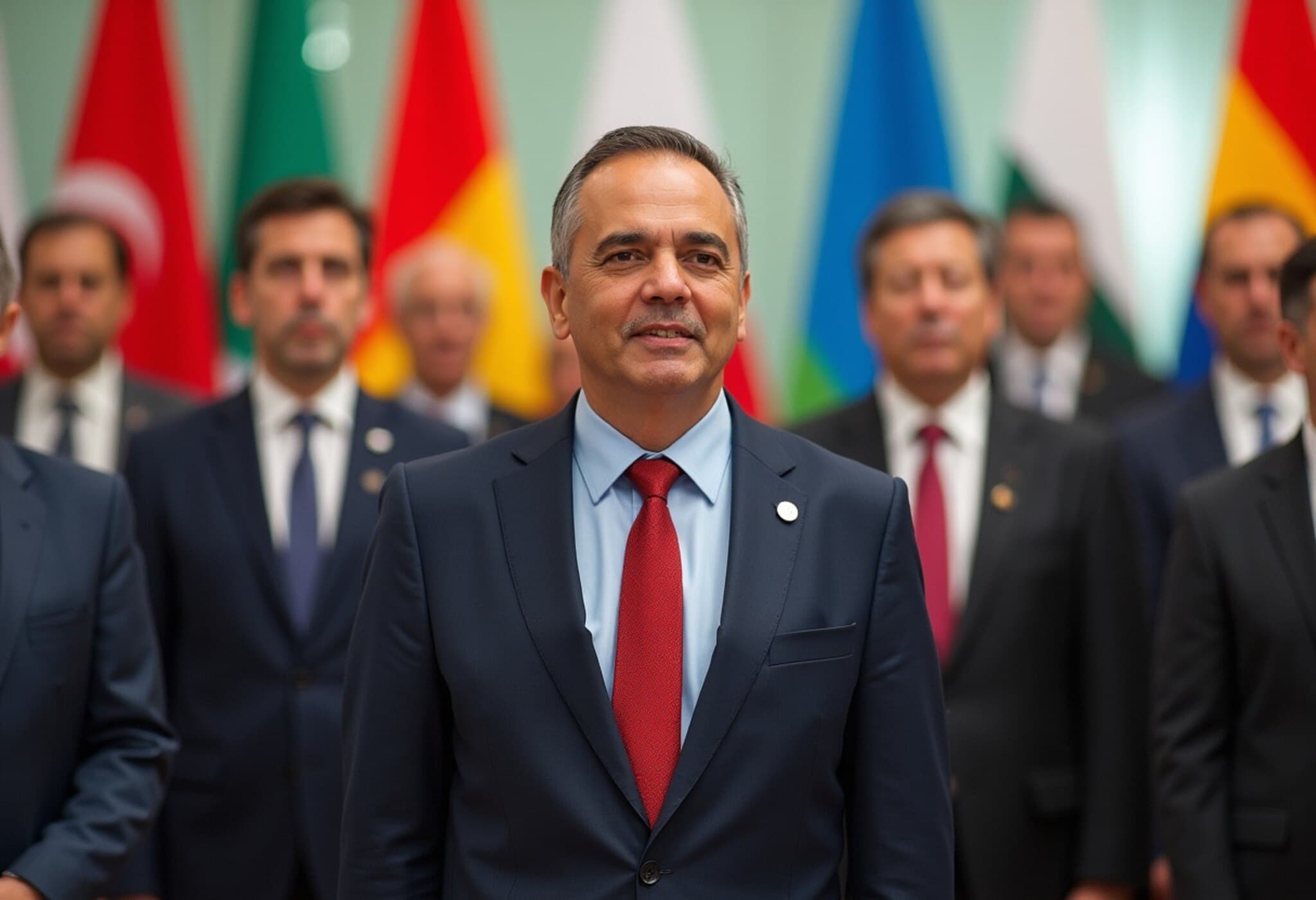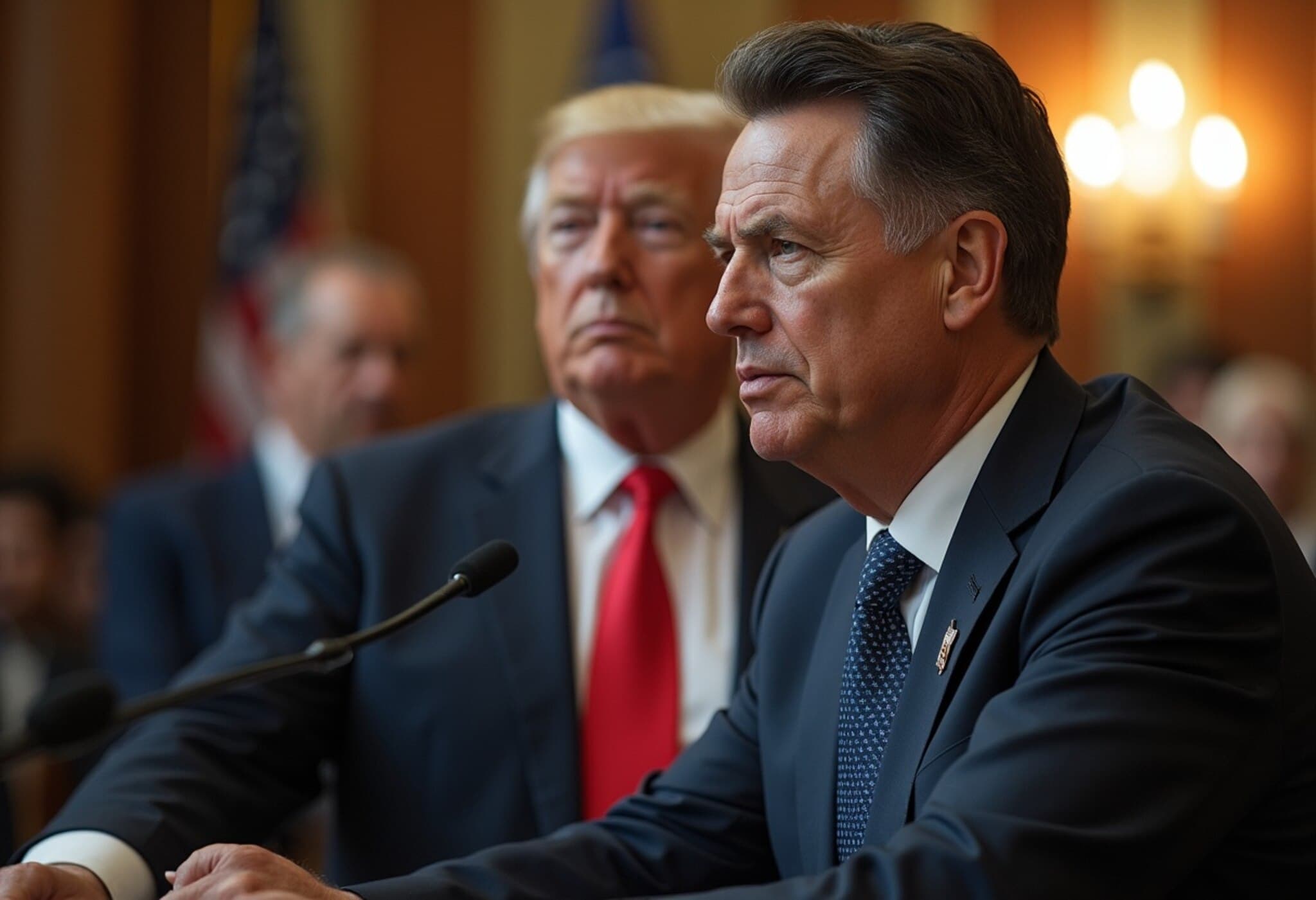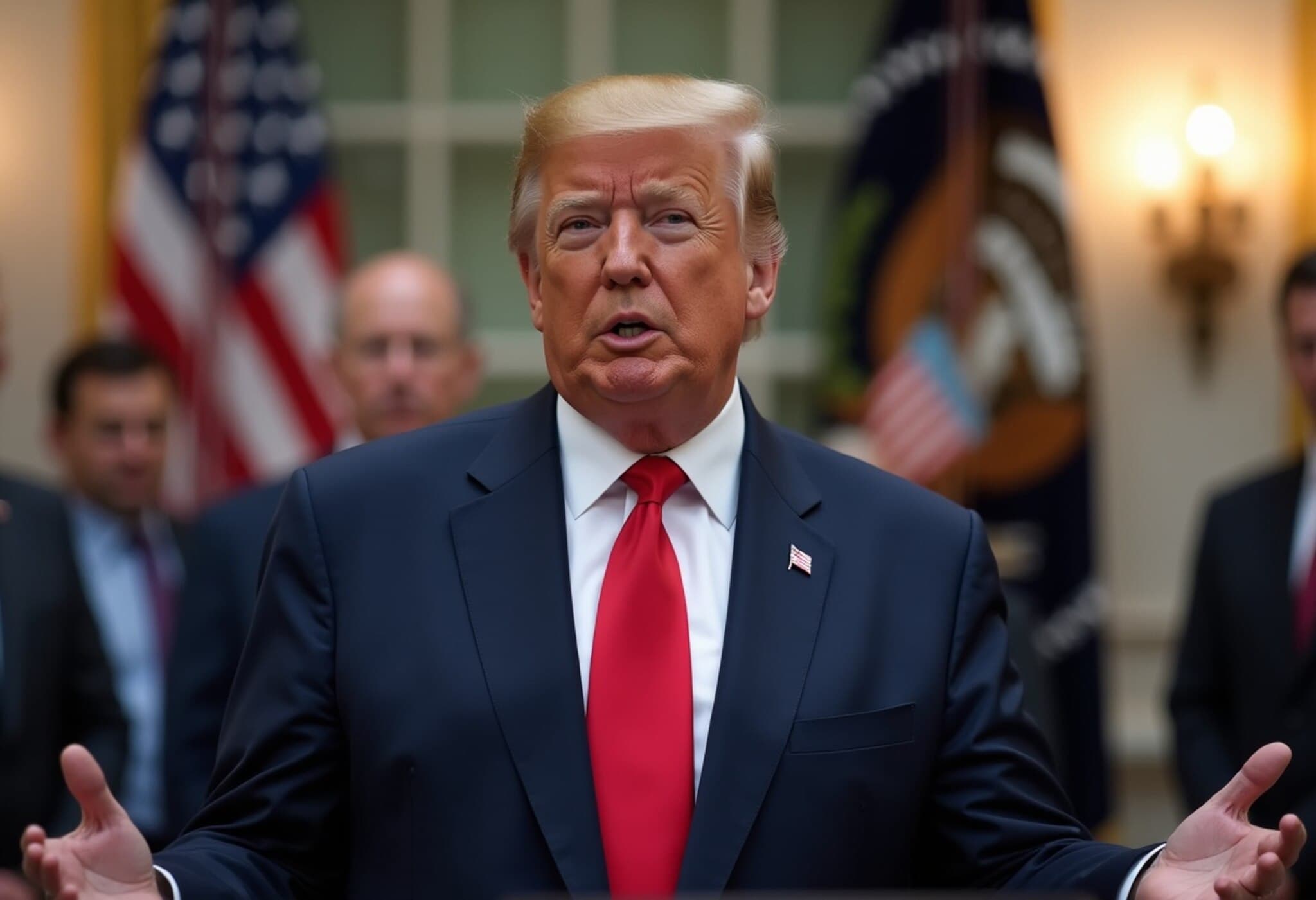Trump Escalates Tariff Warnings Amid Growing BRICS Alliance
In a recent statement that has stirred international attention, former US President Donald Trump has doubled down on his tough stance against the expanding BRICS coalition, warning that any meaningful consolidation of this bloc would provoke severe economic retaliation from the United States.
Tariff Threats Speak to Larger Economic Rivalry
Trump remarked, “When I heard about this group from Brics, six countries, basically, I hit them very, very hard. And if they ever really form in a meaningful way, it will end very quickly.” This rhetoric follows earlier threats to impose a sweeping additional 10% tariff on any nation aligning itself with BRICS’ so-called “anti-American” policies.
Originally comprising Brazil, Russia, India, China, and South Africa, the BRICS alliance has recently expanded, incorporating additional countries aiming to amplify their collective economic and geopolitical clout. Representing over half of the global population, BRICS challenges traditional Western economic dominance and aspires to create alternatives to US-led financial systems, including discussions around a new reserve currency.
Contextualizing the US-BRICS Economic Contest
The US reaction underscores ongoing tensions in the international order. From Washington’s perspective, BRICS’ ambitions could undermine the US dollar’s supremacy, a cornerstone of American global influence. In 2024, Trump warned of imposing a 100% tariff should BRICS proceed with plans to introduce a joint currency designed to rival the dollar—a move that could reshape global trade dynamics.
The stakes are high: imposing extra tariffs could inflate costs for American businesses and consumers while possibly accelerating BRICS members’ push for economic independence.
Expert Insight: Balancing Power and Economic Security
Economic analysts note that Trump's blunt tariff threat exemplifies a broader US strategy to contain emerging powers perceived as geopolitical rivals. However, such aggressive trade policies carry risks of escalating trade wars, supply chain disruptions, and strained diplomatic relations.
Furthermore, with countries like India and Brazil playing increasingly pivotal roles on the world stage, Washington faces a complex balancing act between safeguarding national interests and engaging multilaterally to foster cooperation.
What Lies Ahead?
- BRICS Consolidation: As the bloc strengthens, the US may reassess its tariff strategies to avoid alienating emerging market partners.
- Global Economic Shifts: With alternative financial systems on the horizon, the traditional dominance of Western-led institutions faces significant challenges.
- Geopolitical Ramifications: The dynamic between the US and BRICS will crucially influence global trade alliances, security partnerships, and economic policies in the coming years.
Editor’s Note
This unfolding narrative between the US and BRICS encapsulates the intricate dance of rivalry and cooperation defining 21st-century geopolitics. While tariff threats symbolize a hardline stance on economic security, they also prompt reflection on the sustainability of unilateral approaches in an increasingly multipolar world. Observers and policymakers alike must consider whether confrontation or engagement will better serve long-term global stability.
As this story develops, keeping a close eye on policy shifts on all sides will be pivotal. It’s an evolving saga with profound implications for international commerce, diplomacy, and the future landscape of global power.
Stay informed with expert analysis and comprehensive coverage on global economic affairs and US foreign policy.

